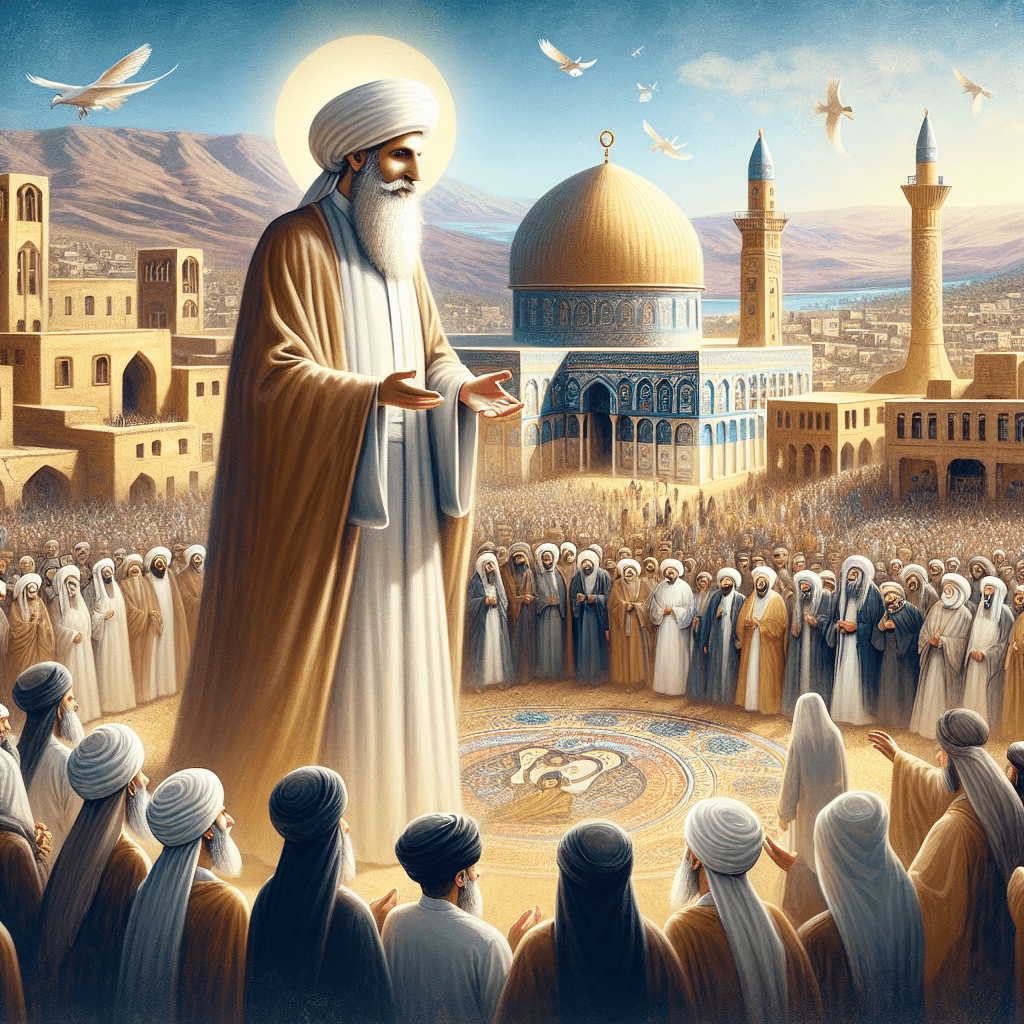In a historic and significant move, Pope Francis recently embarked on a three-day visit to the Middle East. This visit marked the first time a sitting Pope has visited Iraq, and it also included stops in the United Arab Emirates, Jordan, and Palestine. The trip was seen as a gesture of solidarity and support for the Christian communities in the region, as well as a call for peace and reconciliation among different religious groups.
During his visit, Pope Francis met with political leaders, religious leaders, and members of the local communities. In Iraq, he held meetings with Prime Minister Mustafa Al-Kadhimi and President Barham Salih, as well as with Grand Ayatollah Ali al-Sistani, one of the most influential Shia Muslim leaders in Iraq. He also visited the city of Mosul, which had been devastated by the ISIS terrorist group, and held a mass in the stadium there, attended by thousands of people.
In the United Arab Emirates, Pope Francis visited the Sheikh Zayed Grand Mosque in Abu Dhabi, where he met with the Muslim Council of Elders and other religious leaders. He also participated in an interfaith meeting at the Founder’s Memorial, where he emphasized the importance of dialogue and cooperation among different religious groups in promoting peace and understanding.
In Jordan, Pope Francis visited the Baptism Site on the Jordan River, where it is believed that Jesus was baptized by John the Baptist. He also met with Syrian refugees in a camp near the capital city of Amman, highlighting the plight of these displaced people and calling for greater international solidarity and support for them.
In Palestine, Pope Francis visited the city of Bethlehem, where he celebrated mass at the Church of the Nativity, believed to be the birthplace of Jesus. He also met with Palestinian President Mahmoud Abbas and other political leaders, as well as with the local Christian community.
Throughout his visit, Pope Francis emphasized the need for peace, reconciliation, and respect for human dignity in the Middle East. He called for an end to violence and conflict, and for greater efforts to promote dialogue and understanding among different religious and ethnic groups in the region. He also highlighted the importance of caring for the marginalized and vulnerable populations, such as refugees and displaced people.
Overall, Pope Francis’s visit to the Middle East was seen as a powerful symbol of hope and solidarity in a region that has been plagued by conflict and division for many years. His message of peace, love, and understanding resonated with people of all faiths and backgrounds, and his presence was a source of inspiration and encouragement for many. The Pope’s visit served as a reminder of the importance of building bridges and fostering relationships among different communities, and it was a clear call for unity and cooperation in the pursuit of a more peaceful and harmonious world.

